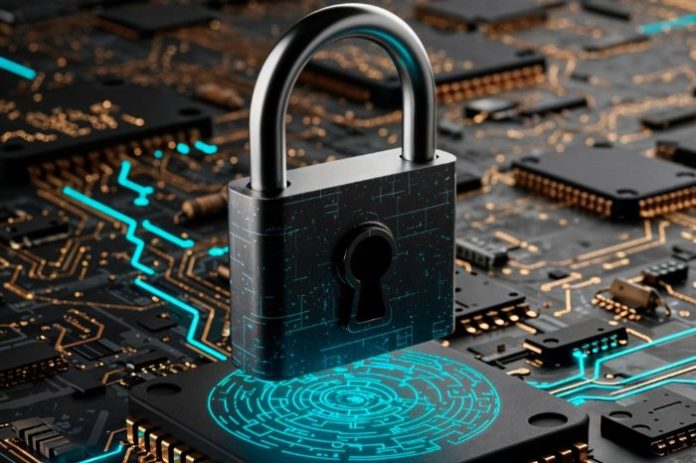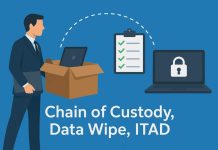Securing sensitive information and physical locations is a top priority for organizations of all sizes. Access control systems determine who can enter or use company resources by applying specific rules and criteria. Properly designed access control ensures only authorized individuals gain entry, reducing risk and enhancing overall security. The most common types of access control include Discretionary Access Control (DAC), Role-Based Access Control (RBAC), and Attribute-Based Access Control (ABAC). Each method uses different approaches to authenticate and authorize users, ranging from simple permissions set by administrators to highly flexible policies based on user roles and attributes. Understanding how these systems work is essential for building a robust security strategy.
Key Takeaways
- Various access control types offer different ways to manage security.
- Mechanisms include permissions, roles, and attributes to control access.
- Choosing the right system depends on organizational needs and risks.
Table of contents
Types of Access Control and Their Mechanisms
Access control systems use different models to manage how individuals and entities interact with digital or physical resources. The main types each have unique features, strengths, and practical uses that affect how permissions are granted and enforced.
Role-Based Access Control (RBAC) and How It Operates
Role-Based Access Control (RBAC) is a model where permissions are tied to roles assigned within an organization. Instead of setting privileges for each individual user, system administrators define roles like “Manager,” “HR Staff,” or “IT Technician.” Each role gets specific permissions connected to job requirements.
When someone joins or changes positions, they are simply assigned a role, which automatically gives them access to the appropriate resources. This setup simplifies large-scale management and reduces the chance for error compared to managing permissions for every single user. RBAC is widely used in business settings due to its clear structure and scalability. Centralized control and easy role changes make it a core option among the types of access control systems by Mondo Media Solutions, Keri Systems, and other providers.
Attribute-Based Access Control (ABAC) Functionality
Attribute-Based Access Control (ABAC) makes decisions using a combination of attributes, rather than only assigning permissions to roles or individuals. Attributes can include user details (such as department or security clearance), resource types, or even environmental conditions (like time of day).
With ABAC, rules or policies are established to govern who can access what, based on the relevant attributes. For example, a policy might allow anyone in the “Finance” department to access certain files, but only during business hours. This flexibility makes ABAC well-suited for complex organizations with dynamic and granular access needs. The ABAC model excels when access control rules must adapt to multiple variables, offering precision and adaptability that benefits organizations with diverse environments and policies.
Discretionary Access Control (DAC) Explained
Discretionary Access Control (DAC) gives the owner of a resource the ability to decide who else can access it. Permission management is handled by the person or entity that created or owns the file, folder, or system, allowing them to grant or revoke access as needed.
DAC is often seen in personal and smaller business computing, where users need flexibility to share files with colleagues or external partners. This approach is easy to implement and understand, but can be less secure in large organizations or environments requiring strict oversight. Potential risks with DAC include accidental permission changes and less centralized control, compared to RBAC or ABAC. It is best suited for less sensitive resources where user convenience is a priority.
Key Features, Implementation, and Modern Solutions
Access control implementations rely on a mix of authentication methods, technology-driven tools, and security principles. These approaches are selected based on a blend of security requirements, need for flexibility, and the desire for user convenience.
Authentication and Multi-Factor Authentication in Access Control
Authentication is the process that verifies the identity of a user or entity before granting access. The most common approaches include passwords, PINs, and security tokens. Passwords alone are increasingly seen as insufficient due to theft and phishing risks.
Multi-factor authentication (MFA) addresses these issues by requiring two or more methods, such as something the user knows (password), something the user has (smartphone or keycard), or something the user is (fingerprint or facial features). MFA strengthens access control by reducing the likelihood of unauthorized access. Organizations now often mandate MFA as a part of compliance or to meet higher security standards. Regular audits help maintain the effectiveness of authentication procedures and ensure security requirements are continuously met.
Common Technologies: Keycards, Scanners, and Biometric Methods
Modern access control solutions use a variety of technologies. Keycards and RFID badges are widely used—users tap or swipe them to gain entry. These are easy to manage and can be deactivated if lost or stolen.
Scanners, including barcode and QR code readers, control both physical and digital access. Biometric methods, such as fingerprint scanners and facial recognition cameras, are gaining popularity due to their accuracy and difficulty to duplicate. These tools are integrated into access control solutions to balance between convenience, risk management, and response to security breaches.
Conclusion
Access control systems come in several forms, including discretionary, mandatory, role-based, and rule-based models. Each type has distinct advantages and is best suited for specific security needs and organizational structures. When selecting an access control method, organizations should assess their unique requirements and risk levels. Key considerations include user convenience, security demands, and scalability.
Implementing the right system helps ensure secure management of resources and spaces, while offering flexibility for future adjustments. Proper access control supports both physical and digital security by controlling who can enter, what they can access, and when.











